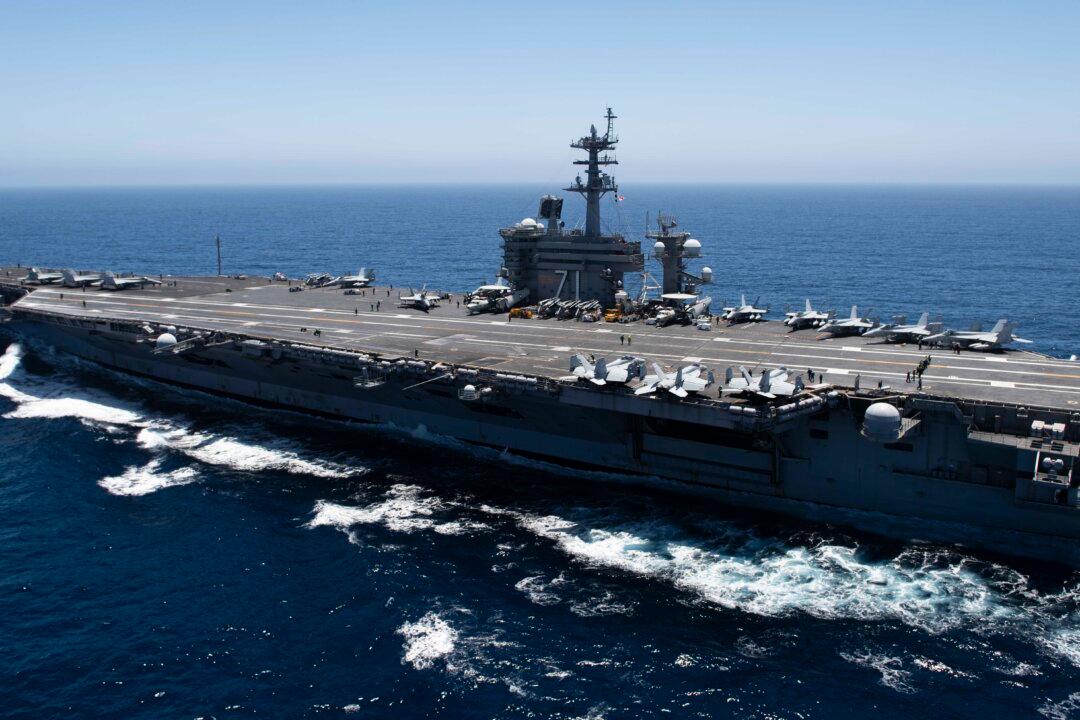Aides of Philippine President Rodrigo Duterte criticized China on April 5 for anchoring hundreds of its vessels for a month in the disputed South China Sea areas, which could lead to “unwanted hostilities,” his legal counsel warned.
On Monday, Duterte’s lawyer Salvador Panelo called the prolonged presence of Chinese boats “territorial incursions” and told the Beijing regime: “We can negotiate on matters of mutual concern and benefit, but make no mistake about it—our sovereignty is non-negotiable.”





